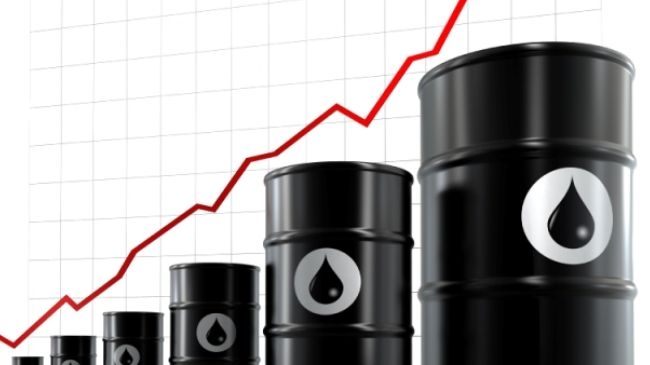The total revenue of the 11 members of the Kuwaiti-based Organization of Arab Petroleum Exporting Countries (OAPEC) soared to $624.8 billion in 2011, the group's latest data revealed.
OAPEC data for the oil income generated in the year 2010 was announced as $450 billion.
In real terms, the combined Arab income stood at $479 billion in 2011 taking into account the real dollar value and global inflation. While the nominal price of OPEC's basket of crudes stood at around $107 per barrel in 2011 its real value averaged about $88 in 1995 prices. The oil price in 2010 also averaged nearly $60 far below the level in current prices.
In 2010, Saudi Arabia earned $184.4 billion from oil exports, which jumped to $289 billion in 2011, the report said.
The UAE's income swelled to an all time high of about $85.9 billion from $57.9 billion while that of Kuwait grew to $79.6 billion from $53 billion. The earnings leaped to $83.7 billion from $54.2 billion while they increased to $27.3 billion from $20.5 billion in Qatar and to $37.2 billion from $28 billion in Algeria. The report, which gave no data for Tunisia showed the 2011 income stood at $6.3 billion in Bahrain and around $4.6 billion in Egypt. Libya was the only exception as its income tumbled to one of its lowest levels of nearly $7.3 billion from $38.7 billion in 2010 because of the internal conflict that ended early this year.
In 2009, current oil prices averaged around $61 but in 1995 prices they were about $48.1. Prices were as high as $94.4 in 2008 while they were only around $75 in 1995 prices. In 2007, they averaged $69.1 in current prices but were $56 in real terms.
Meanwhile, Kuwait GDP continues to grow at healthy levels, moving up 5.4 percent this year, although the non-oil industry is expected to see only 4 percent growth. Slow implementation of the government's development plans and the aftereffects of global financial distress have reduced business confidence in Kuwait. Also, structural reformation within products and the labor markets are required to trigger growth and improvement.
Year-on-year numbers for crude oil increased by 16 percent, moving to 2.9 mbpd (or million barrels per day) in the middle of this year. This record output level could be even higher, according to alternate sources that quote a figure closer to maximum capacity of 3.3 mpbd.
Although oil prices have fallen recently, outputs are expected to remain at current levels in 2012 and 2013, as OPEC member states work to strengthen worldwide crude inventories to meet global demand. Those expectations create growth of about 8 percent in real oil GDP for 2012 and stabilized levels in 2013.
In the non-oil sector, consumer spending remains positive and driven by positive employment figures and massive salary boosts and bonuses for Kuwaiti nationals.
The Saudi Gazette
5 August
























































